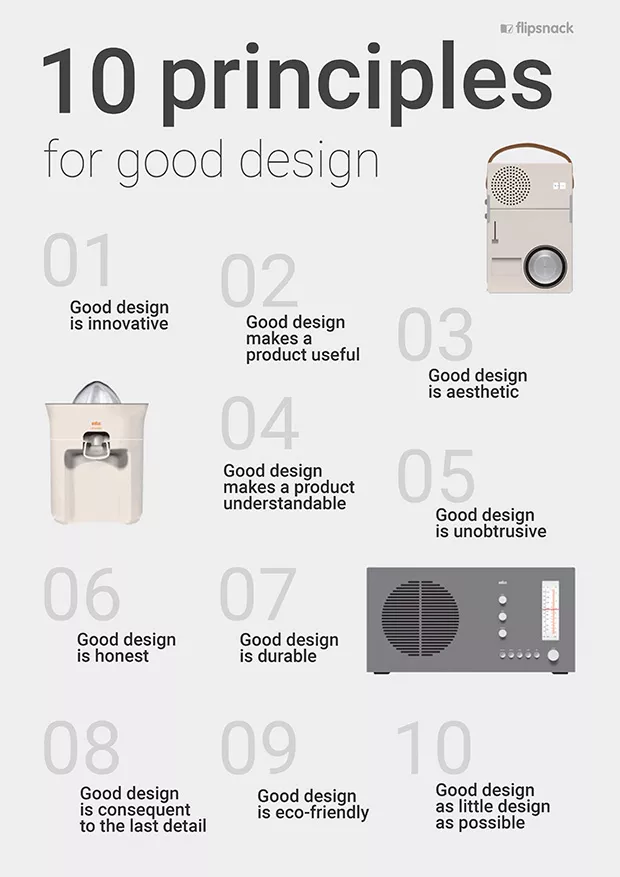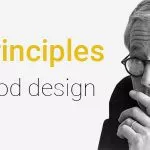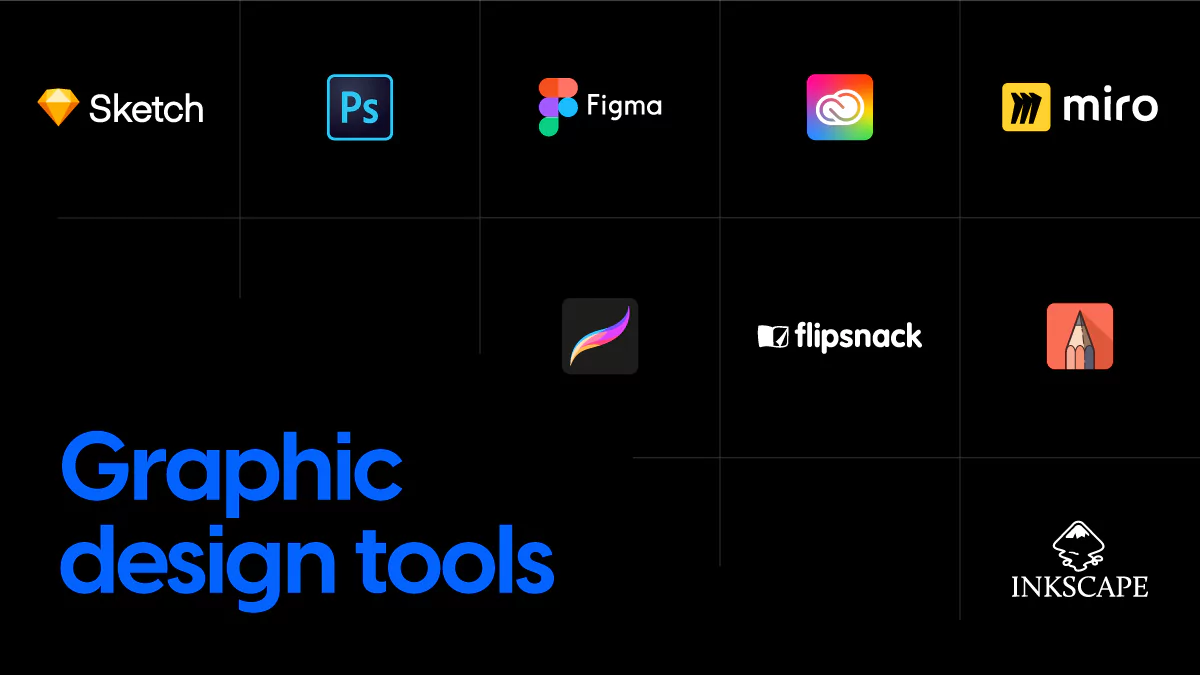Dieter Rams’ 10 principles of good design
Dieter Rams is a famous industrial designer who believes that “good design is as little design as possible“. His design philosophy had a big influence not only in product design but also in graphic design.
His 10 principles for good designs are like the 10 commands for designers. He worked for the Braun company, which produces electronic gadgets. He designed many devices in the iconic style of the ‘50s which is still appreciated and has influenced designers such as Jonathan Ive, who is responsible for how Apple gadgets look like.

Dieter Rams’ career
He studied architecture and interior decoration at Wiesbaden School of art in 1947. After he finished school, he joined an architectural firm in Germany, Apel. In 1955 The Braun brothers were looking for an architect that would fit their company. They found Rams perfect for that job and he worked for them for a very long time. Dieter became more involved with the industrial design, but his love for architecture never disappeared. In 1961 Rams started working as chief Design Officer at Braun, and he remained in this position until 1995.
What should we learn from Dieter Rams?
Dieter Rams developed a design philosophy which was revolutionary for that period, in the post-WWII years. His products became famous because they were aesthetically appealing and they were also easy to use. The reason why his products were so popular is that he applied the 10 principles of good design in his own work, which became very important in design thinking. You can find them right below.
10 Design Principles
1. Good design is innovative
The possibilities for innovation are not, by any means, exhausted. Technological development is always offering new opportunities for innovative design. But innovative design always develops in tandem with innovative technology, and can never be an end in itself.
2. Good design makes a product useful
A product is bought to be used. It has to satisfy certain criteria, not only functional, but also psychological and aesthetic. Good design emphasises the usefulness of a product whilst disregarding anything that could possibly detract from it.
3. Good design is aesthetic
The aesthetic quality of a product is integral to its usefulness because products we use every day affect our person and our well-being. But only well-executed objects can be beautiful.
4. Good design make a product understandable
It clarifies the product’s structure. Better still, it can make the product talk. At best, it is self-explanatory.
5. Good design is unobtrusive
Products fulfilling a purpose are like tools. They are neither decorative objects nor works of art. Their design should therefore be both neutral and restrained, to leave room for the user’s self-expression.
6. Good design is honest
It does not make a product more innovative, powerful or valuable than it really is. It does not attempt to manipulate the consumer with promises that cannot be kept.
7. Good design is durable
It avoids being fashionable and therefore never appears antiquated. Unlike fashionable design, it lasts many years – even in today’s throwaway society.
8. Good design is consequent to the last detail
Nothing must be arbitrary or left to chance. Care and accuracy in the design process show respect towards the user.
9. Good design is eco-friendly
Design makes an important contribution to the preservation of the environment. It conserves resources and minimises physical and visual pollution throughout the lifecycle of the product.
10. Good design is as little design as possible
Less, but better – because it concentrates on the essential aspects, and the products are not burdened with non-essentials. Back to purity, back to simplicity.

How did Dieter Rams design principles influence the world?
His products seem inevitable, challenging you to question whether there could possibly be a rational alternative. It is this clarity and purity that leads to the sense of inevitability that characterises his work. No part appeared to be either hidden or celebrated, just perfectly considered and completely appropriate in the hierarchy of the product’s details and features. At a glance, you knew exactly what it was and exactly how to use it.
— Jony Ive
The ten principles of good design have been an inspiration for many industrial designers. Jonathan Ive, Apple’s Chief Design Officer since 1997, is one of them. Even Dieter Rams appreciates his work, he says that if he would have to design a computer now, it would look like one of the Apple’s products. Dieter has a good opinion about the design of Apple devices and he doesn’t have any hard feelings that people compare his work with Jony Ive’s, in fact he is quite proud of being capable of inspiring people.

As Jony Ive, we encourage you to learn from Dieter Rams philosophy and try to apply his principles in your work, and always stay tuned for learning something new, because you never know where your inspiration will come from.



